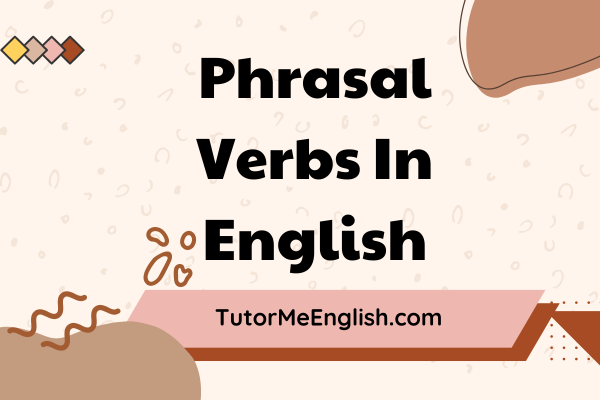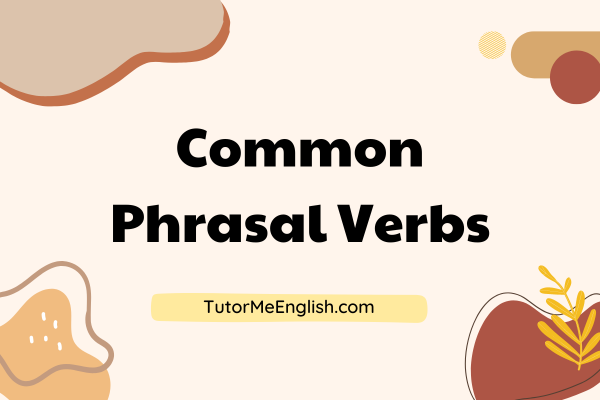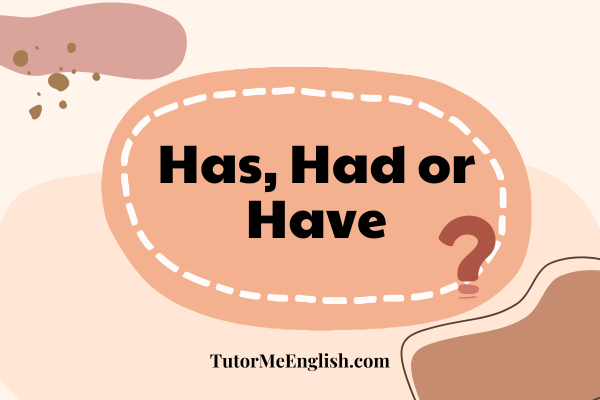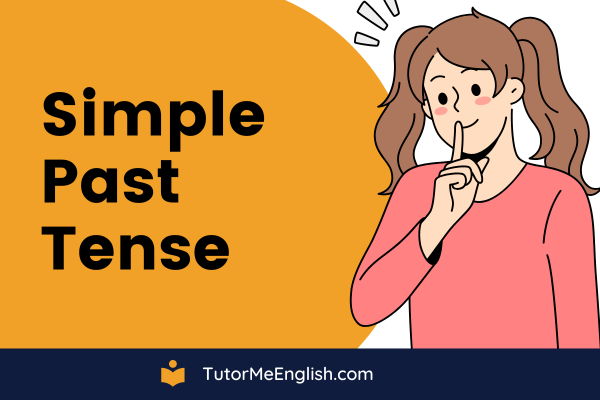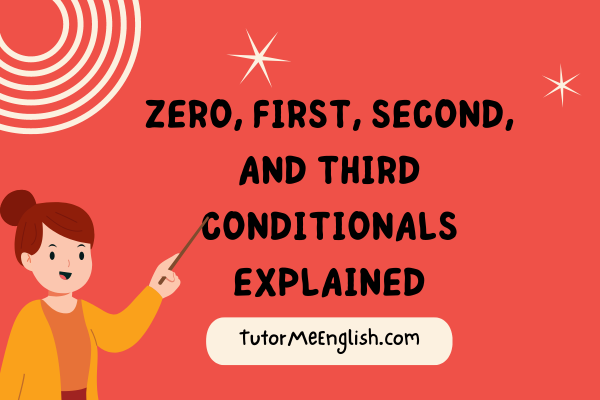Grammar Lesson: Say or Tell? Let’s Find Out!
Welcome, ESL learners, to another exciting grammar lesson! Today, we’re going to dive into the fascinating world of two commonly confused words: say and tell. Understanding the difference between these two words will help you communicate more effectively and avoid common mistakes. So, let’s embark on this linguistic journey and unravel the mysteries of say and tell!
Say
Let’s start with “say.” We use the word “say” when we want to talk about expressing words, thoughts, or ideas aloud. It is a general term that doesn’t require a specific person as an object.
Examples:
- She said, “I love chocolate.”
- He said he would arrive at 5 p.m.
- The teacher said we have a test tomorrow.
As you can see, “say” can be used to report direct speech, indirect speech, or even to describe general statements. It’s important to note that “say” doesn’t require a direct object. We simply say something without mentioning who we’re addressing.
Video Lesson
Before we continue, watch this video lesson on Say vs Tell
Tell
Now, let’s move on to “tell.” Unlike “say,” “tell” requires a direct object, usually a person or people, to whom the information is being relayed.
Examples:
- He told his friend about the party.
- She told me she was running late.
- The teacher told the students to do their homework.
In these examples, notice that the person receiving the information is explicitly mentioned. When using “tell,” we need to specify who is being informed, instructed, or advised.
Remember, “tell” needs an object, whereas “say” doesn’t. This distinction is crucial in conveying your message accurately and efficiently.
Common Expressions
Now that we have a better understanding of “say” and “tell,” let’s explore some common expressions associated with each word:
Expressions with “say”:
- Say hello/goodbye/goodnight
- Say sorry/thank you
- Say a prayer
- Say something funny
Expressions with “tell”:
- Tell the truth/lies
- Tell a story
- Tell a secret
- Tell a joke
By familiarizing yourself with these expressions, you’ll gain confidence in using “say” and “tell” appropriately in various contexts.
Practice Exercises
To solidify your grasp of this grammar topic, let’s try a few practice exercises together:
Exercise 1
Complete the sentences with the correct form of “say” or “tell.”
- She _______ me a funny joke yesterday.
- Please _______ your mother I said hello.
- They _______ that the concert starts at 7 p.m.
- I’m sorry, I didn’t _______ anything.
Exercise 2
Choose the correct option to complete the sentences.
- She _______ him the news yesterday. (a) said (b) told
- The teacher _______ us to study for the test. (a) said (b) told
- Andrew _______ he has a meeting today. (a) said (b) tell
- What did you _____ to him the students this morning? (a) say (b) tell
Conclusion
Congratulations on completing this grammar lesson on “say” and “tell”! By understanding the distinction between these words, you’ll become a more confident and fluent English speaker. Remember, “say” is used for general expressions, while “tell” requires a direct object, usually a person.
Keep practicing, and soon enough, you’ll master the art of using “say” and “tell” correctly in your conversations. Keep up the fantastic work, and happy learning!

